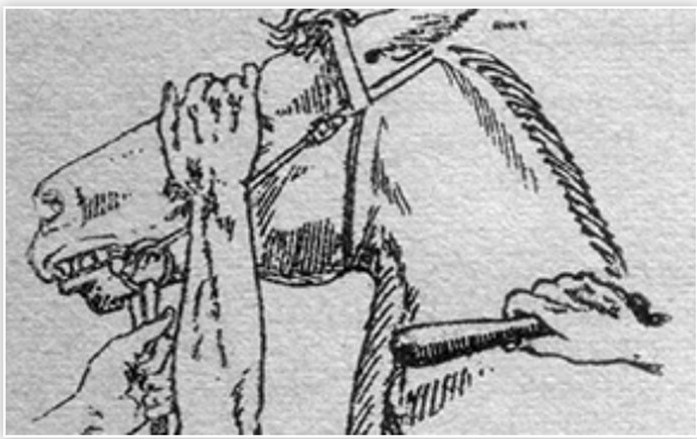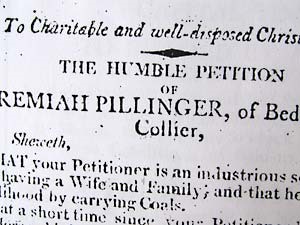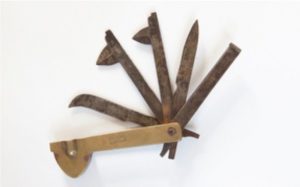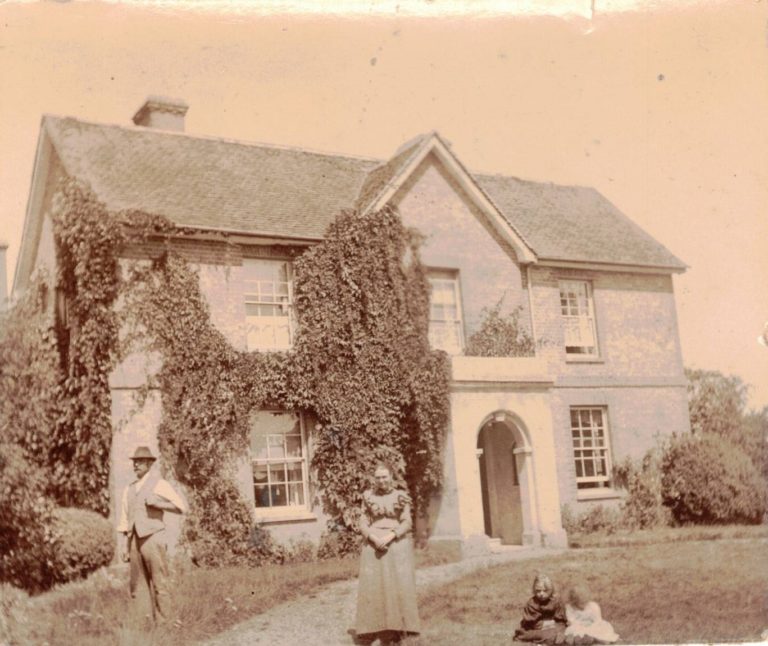
 Looking for a simple paragraph or two before my executive technical adviser goes on holiday, I dug this up. It proved more than I anticipated. Sorry Kevin:
Looking for a simple paragraph or two before my executive technical adviser goes on holiday, I dug this up. It proved more than I anticipated. Sorry Kevin:
From Bristol Gazette, 5 March 1807:
“To Charitable and well-disposed Christians.
THE HUMBLE PETITION of JEREMIAH PILLINGER, of Bedminster, Collier,
Sheweth,
That your Petitioner is an industrious sober Man, having a Wife and Family; and that he gains his Livelihood by carrying Coals.
That a short time since your Petitioner had one of his Horses bit by a Mad-Dog, which was bled in hopes of saving it, but the Animal becoming raving, prevented the possibility of stopping the bleeding, and it bled to death. Before the said Horse became incapable of working, it bit another Horse, and your Petitioner was advised to have it dipped – the sea being strong, it plunged, and struck its head against the boat, which stupefied it, and was drowned. In consequence of these accidents your Petitioner is reduced from comfortable circumstances to great distress, and humbly prayeth to be relieved by the charitable and humane assistance of well-disposed Christians.
Subscriptions received at the Talbot, Bath Street; the Saracen’s Head, Temple-Gate; and at the Ship, Cathay.
Recommended by
WILLIAM EDWARDS, Minister.
Robert MAYNARD, Churchwarden.
JOHN CLOUD.
JOHN GREENWAY.
H. BABER.
WILLIAM JAMES.
THOMAS HASSELL.
THOMAS CROSS.”
I read this rigmarole two or three times before I came to the conclusion that there were two horses involved ….
- Horse 1 bitten by mad dog.
- Horse 1 bit Horse 2.
- With Horse 2, by now “raving” Jeremiah was advised to have it “dipped” in the sea, presumably at Weston when the tide was in.
- Stupefied, Horse 2 collided with the boat and was drowned.
- Meanwhile, (back in Bedminster?) a horse doctor was called in. He “bled” Horse 1, but was not up to the task, could not stop the bleeding and Horse 1 bled to death.
……otherwise the horse would be like Schrodinger’s Cat, alive and dead at the same time!
If you have a copy of the original newspaper cutting in Bristol Gazette please let me know. I have never seen the original and found this years ago on line exactly as I have reproduced it, wonky copy, transcription and all. Did the transcriber get it wrong?
 N.B. The hippiatrist – literally “horse doctor” – was an established professional before the advent of modern veterinary practice. The horse doctor drew on the ancient theory of “humours” which allegedly kept the body in balance in both humans and animals. Bloodletting was the perceived remedy for a variety of ills – infamously in the case of poor King George III to cure his “madness”. Bloodletting would have been seen as the only possible way to save the horse, restoring the balance of its humours by relieving its body of the corruption introduced by the rabid dog. With the poor horse presumably severely tied down, a likely vein was chosen, compressed and then pierced with a fleam, one of a selection of grisly looking triangular metal blades which opened out into a fan shape, but neatly folded back into a sheath after use.
N.B. The hippiatrist – literally “horse doctor” – was an established professional before the advent of modern veterinary practice. The horse doctor drew on the ancient theory of “humours” which allegedly kept the body in balance in both humans and animals. Bloodletting was the perceived remedy for a variety of ills – infamously in the case of poor King George III to cure his “madness”. Bloodletting would have been seen as the only possible way to save the horse, restoring the balance of its humours by relieving its body of the corruption introduced by the rabid dog. With the poor horse presumably severely tied down, a likely vein was chosen, compressed and then pierced with a fleam, one of a selection of grisly looking triangular metal blades which opened out into a fan shape, but neatly folded back into a sheath after use.
By Jeremiah’s time in 1807, sceptics had started to challenge the practice of bloodletting but because animal owners continued to request such treatment it persisted into the 20th century,
For blood-letting and lots more medical stuff, check this blog.
NB – the Jeremiahs in the family have always been difficult to pin down, there being so many of them, but I assume this was Jeremiah Pillinger 1766-1843, born in Brislington, living Bedminster 1841 census.
For more information see The Pillinger Family Part 2.










Leave a Comment